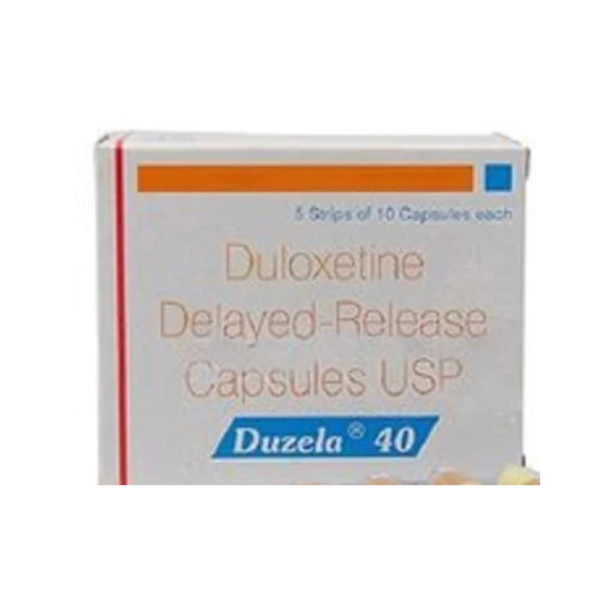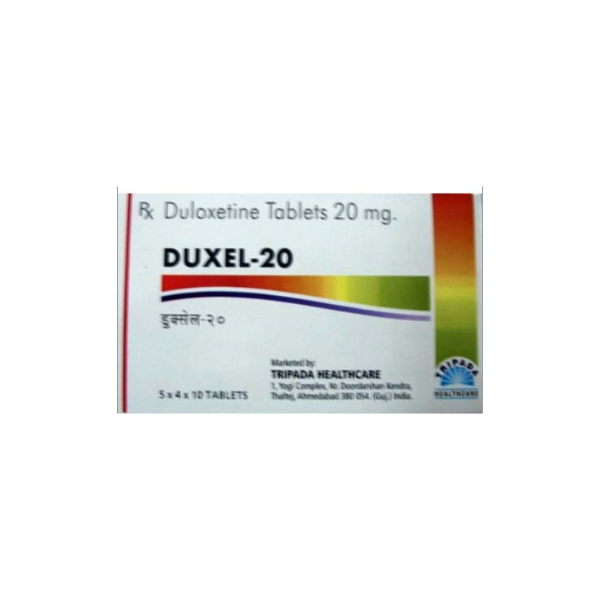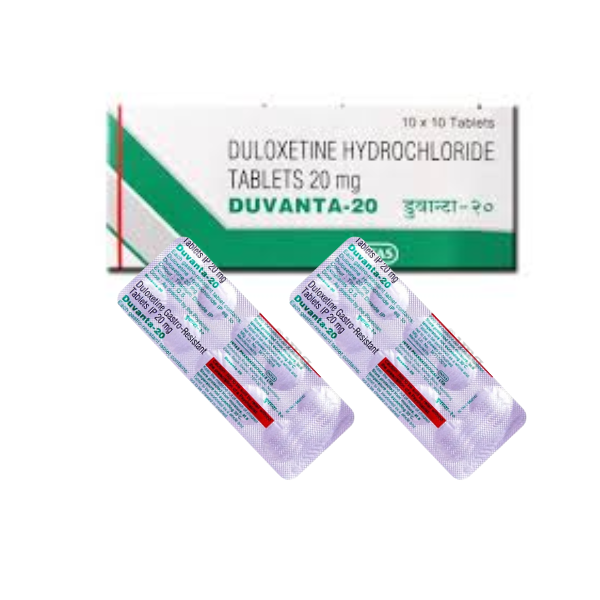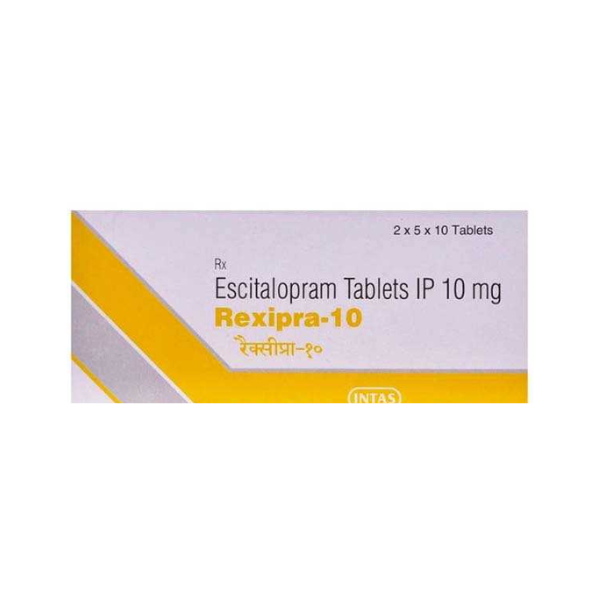Description
Stalopam 10 mg is a widely used medication prescribed for the treatment of depression and anxiety disorders. It contains Escitalopram, which belongs to the selective serotonin reuptake inhibitor (SSRI) class of drugs. Stalopam 10 mg helps restore serotonin balance in the brain, improving mood and emotional well-being. This article provides a comprehensive guide on Stalopam 10 mg, covering its uses, benefits, dosage, side effects, and precautions.
What is Stalopam 10 mg?
Stalopam 10 mg is an antidepressant that contains Escitalopram as its active ingredient. It is primarily used to treat:
- Major Depressive Disorder (MDD)
- Generalized Anxiety Disorder (GAD)
- Panic Disorders
- Obsessive-Compulsive Disorder (OCD)
- Social Anxiety Disorder (SAD)
By enhancing serotonin levels, Stalopam 10 mg helps alleviate symptoms of depression and anxiety, leading to a more balanced emotional state.
Uses of Stalopam 10 mg
1. Depression (Major Depressive Disorder – MDD)
Stalopam 10 mg is highly effective in treating depression by improving serotonin levels, which are often low in people with depression. It helps boost mood, energy levels, and overall mental well-being.
2. Anxiety Disorders
This medication is widely prescribed for anxiety disorders, including generalized anxiety disorder (GAD), social anxiety disorder, and panic disorder. It helps reduce excessive worry, panic attacks, and nervousness.
3. Obsessive-Compulsive Disorder (OCD)
OCD is characterized by unwanted repetitive thoughts and behaviors. Stalopam 10 mg helps reduce the frequency and intensity of obsessive thoughts and compulsive actions.
4. Panic Disorder
People experiencing panic attacks benefit from Stalopam 10 mg as it helps reduce the frequency and severity of these attacks by stabilizing serotonin levels in the brain.
5. Post-Traumatic Stress Disorder (PTSD)
Some doctors prescribe Stalopam 10 mg to individuals suffering from PTSD to help manage stress, flashbacks, and anxiety symptoms.
How Does Stalopam 10 mg Work?
Stalopam 10 mg works by blocking the reuptake of serotonin, a neurotransmitter responsible for regulating mood and emotions. By increasing serotonin levels in the brain, it enhances communication between nerve cells, leading to improved mental stability and emotional well-being.
Unlike some antidepressants, Escitalopram (Stalopam) is well-tolerated and has fewer side effects in most individuals.
Dosage and Administration
Recommended Dosage
- Adults: The usual starting dose is 10 mg per day, which may be increased to 20 mg per day depending on the response and severity of the condition.
- Elderly Patients: A lower dose of 5 mg per day may be recommended to minimize side effects.
- Children & Adolescents: This medication is usually not recommended for individuals under 18 unless prescribed by a doctor.
How to Take Stalopam 10 mg?
- Take the tablet once daily with or without food.
- Swallow the tablet whole with a glass of water.
- Take it at the same time every day to maintain consistent blood levels.
- Do not stop abruptly without consulting a doctor, as withdrawal symptoms may occur.
Missed Dose
- If you miss a dose, take it as soon as you remember.
- If it is close to your next scheduled dose, skip the missed dose and continue with your regular schedule.
- Do not double the dose to compensate for a missed one.
Overdose
Overdosing on Stalopam 10 mg may cause symptoms such as:
- Dizziness
- Nausea
- Tremors
- Confusion
- Rapid heartbeat
Seek emergency medical attention if an overdose is suspected.
Substitutes
Possible Side Effects
Like all medications, Stalopam 10 mg may cause side effects. However, not everyone experiences them.
Common Side Effects:
- Nausea
- Dry mouth
- Drowsiness
- Increased sweating
- Fatigue
- Insomnia
Serious Side Effects:
- Suicidal thoughts (especially in young adults)
- Severe mood swings
- Serotonin syndrome (rare but life-threatening)
- Seizures
- Heart palpitations
If any serious side effects occur, seek medical help immediately.
Precautions and Warnings
Who Should Avoid Stalopam 10 mg?
- Individuals allergic to Escitalopram or any ingredients in the medication.
- Those with liver or kidney disease should use it under medical supervision.
- Patients taking monoamine oxidase inhibitors (MAOIs) should wait at least 14 days before starting Stalopam 10 mg.
- Pregnant or breastfeeding women should consult their doctor before use.
Drug Interactions
Stalopam 10 mg may interact with other medications, leading to harmful effects. Some notable interactions include:
- NSAIDs & Aspirin: Increases risk of bleeding.
- Blood Thinners (Warfarin): Can enhance anticoagulant effects.
- MAO Inhibitors: Can lead to serotonin syndrome, which is life-threatening.
- Alcohol & Sedatives: May increase drowsiness and dizziness.
Always inform your doctor about any medications you are taking before starting Stalopam 10 mg.
Important Considerations
1. Use in Elderly Patients
Elderly individuals may experience increased dizziness, drowsiness, and coordination issues. A lower dose is often recommended.
2. Pregnancy & Breastfeeding
- Stalopam 10 mg should only be used during pregnancy if absolutely necessary, as it may affect fetal development.
- Escitalopram passes into breast milk, so breastfeeding mothers should consult their doctor before taking this medication.
3. Driving and Operating Machinery
Stalopam 10 mg can cause drowsiness and dizziness, so avoid driving or operating heavy machinery until you understand how it affects you.
Storage Instructions
- Store at room temperature (20-25°C).
- Keep away from moisture, heat, and direct sunlight.
- Keep out of reach of children.
Conclusion
Stalopam 10 mg is an effective antidepressant used to treat depression, anxiety, and other mental health disorders. It works by balancing serotonin levels in the brain, improving mood, and reducing symptoms of anxiety. While it is generally well-tolerated, some side effects and drug interactions may occur.
If you have been prescribed Stalopam 10 mg, follow your doctor’s instructions carefully, do not self-medicate, and report any unusual symptoms to your healthcare provider. Always take necessary precautions and consult your doctor before making any changes to your medication regimen.











Reviews
There are no reviews yet.